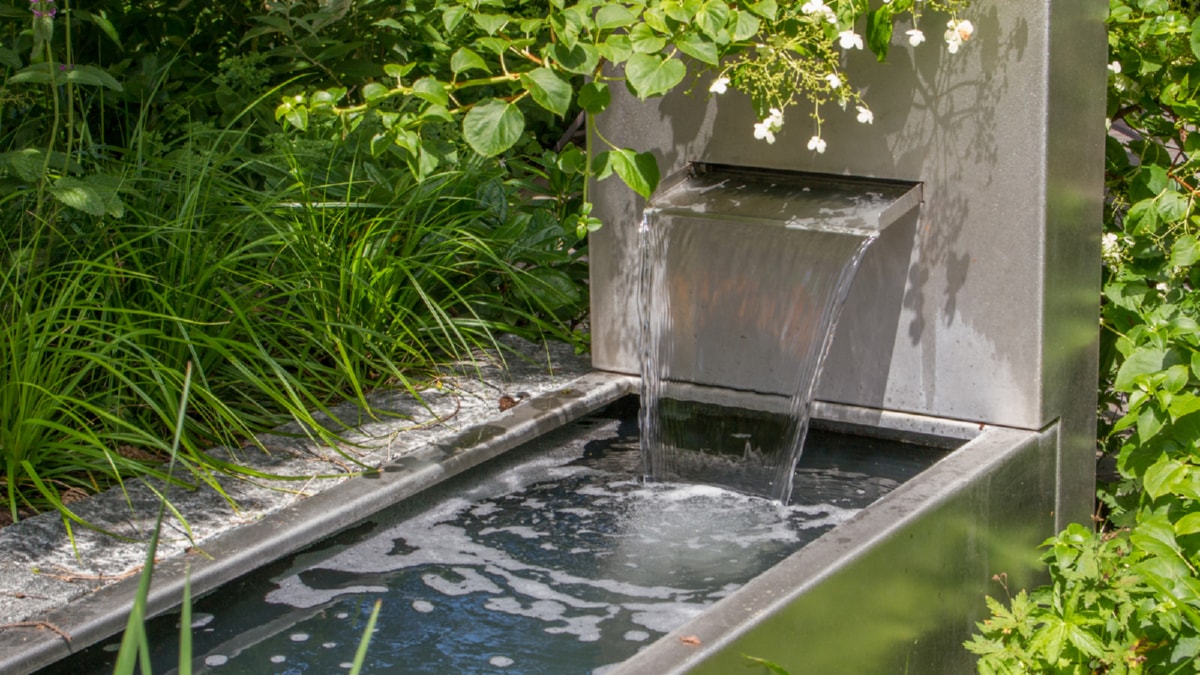Green building practices are methods and techniques used in construction to create structures that are environmentally responsible and resource-efficient. These practices encompass the entire building lifecycle, from planning and design to construction, operation, maintenance, and even demolition. The primary aim is to minimize the environmental impact of buildings and enhance their efficiency and sustainability.
One of the most prevalent green building practices is the incorporation of energy-efficient technologies and renewable energy sources. This can include installing solar panels, wind turbines, and high-efficiency HVAC systems, as well as using insulation and energy-efficient appliances. These features not only reduce a building’s carbon footprint but can also result in significant cost savings over the building’s lifetime.
Another key aspect of green building is the use of sustainable materials. This can involve choosing materials that are recycled or renewable, as well as those that require less energy to produce. For example, bamboo is a popular choice for flooring and furniture due to its rapid growth rate and the fact that it produces more oxygen than most trees. Similarly, recycled steel, concrete, and even plastic can be used in construction to reduce waste and decrease demand for new materials.
Water efficiency is another important component of green building practices. This can be achieved through the use of low-flow fixtures, rainwater harvesting systems, and greywater recycling. By reducing water usage, these practices not only conserve a valuable resource but can also result in significant savings for building occupants.
Green building also prioritizes the creation of healthy indoor environments. This can be achieved through the use of low-VOC paints and finishes, natural lighting, and proper ventilation systems. These features can improve air quality, reduce exposure to harmful substances, and enhance the overall wellbeing of occupants.
While implementing green building practices may involve an initial investment, it’s important to consider the long-term benefits. These can include reduced operating costs, improved occupant health and productivity, increased property values, and potential tax incentives. Moreover, green buildings can contribute to broader sustainability goals, such as reducing greenhouse gas emissions and promoting resource conservation.
In conclusion, utilizing green building practices in construction is a practical and effective way to promote sustainability. By focusing on energy efficiency, sustainable materials, water efficiency, and indoor environmental quality, we can create buildings that are not only environmentally friendly but also economically advantageous and beneficial for occupants. As the construction industry continues to evolve, the adoption of green building practices will be key to achieving a sustainable future.
For more details, check best interlocking services Toronto or visit their business listing here.



